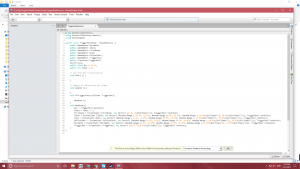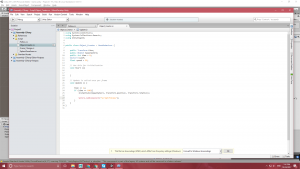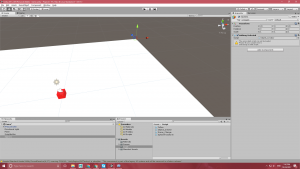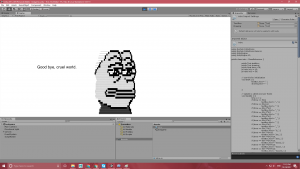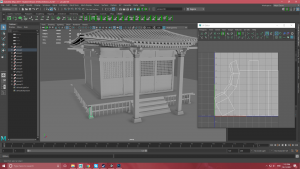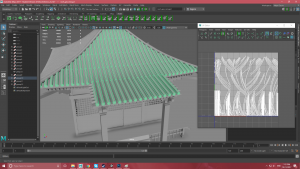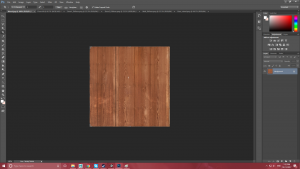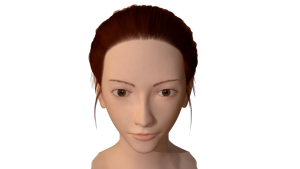
This week I struggled on the coding for quite a bit. Part of reason is that UI elements in Unity don’t work with certain commands, also infinite spawning with variables attached to it makes it quite tricky. I couldn’t get the score to reset upon reloading the scene most likely because I often directly referred to variables in other scripts. The variable that adds up to become the points in the middle is written within the same script that instantiates the Texts falling down on both sides, which I assume was the reason why I couldn’t get the score to reset without making the score set to zero each time a new Text is spawned.
The visual design is definitely too plain but i spent most of the time on the coding again, only if i wasn’t that bad at it. All the struggle for a simple little game was what made me realize coding a game from scratch is actually a hard task, especially when I’m not familiar with the programming language. As a model/character builder, I got to experience the difficulties of being a game programmer, though its probably easy for those who are actually decent at math and been doing it as a computer science major. The game definitely has potential to become a decent local versus game, if the problems were more challenging and the design was more engaging.

